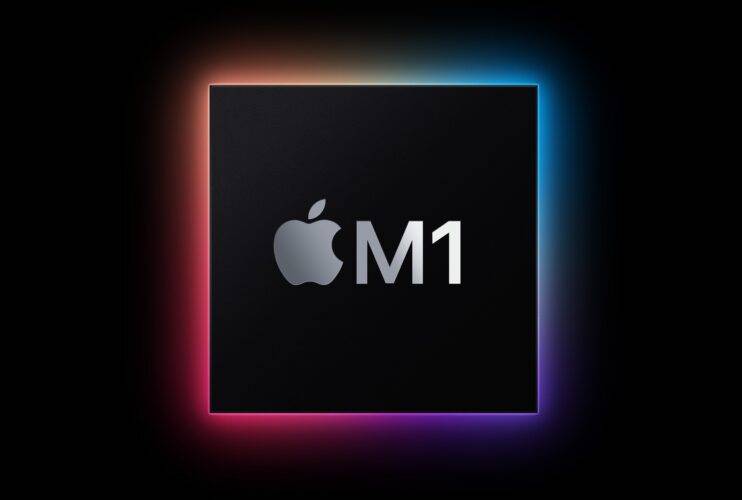

- #Iterm2 apple silicon mac os x
- #Iterm2 apple silicon install
- #Iterm2 apple silicon serial
- #Iterm2 apple silicon drivers
- #Iterm2 apple silicon driver
You can install the Azure CLI on macOS by updating your brew repository information, and then running the install command: brew update & brew install azure-cli If you don't have homebrew available on your system, install homebrew before continuing. It provides convenient ways to install, update, and uninstall.
Homebrew is the easiest way to manage your CLI install. To find your installed version and see if you need to update, run az version. For information about the latest release, see the release notes. The current version of the Azure CLI is 2.46.0. The CLI package has been tested on macOS versions 10.9 and later. The Azure CLI on macOS allows the execution of various commands through a terminal using interactive command-line prompts or a script.įor the macOS platform, you can install the Azure CLI with homebrew package manager. You can install the Azure CLI locally on macOS computers.
#Iterm2 apple silicon serial
In the example below, the serial device is /dev/cu.The Azure Command-Line Interface (CLI) allows the execution of commands through a terminal using interactive command-line prompts or a script. Your serial interface device name is found with ls /dev/cu.* (as shown above).Īlways launch minicom, with your selected serial adapter plugged in and available to avoid an error. Then, Save setup as dfl (default) and Exit. Run minicom -s first to configure your serial interface device name, and other options.
#Iterm2 apple silicon mac os x
It's not actually necessary to download an install extra software, as you can use the Mac OS X built in Terminal and screen.
#Iterm2 apple silicon driver
Note: If you can't find a driver for your adapter (eg, Belkin), try Serial which has built-in support for many USB-Serial devices.

#Iterm2 apple silicon drivers
Keyspan serial-USB adapter drivers can be found in their Support Section.Īfter installing the correct driver, plug in your USB-Serial adapter, and open a Terminal session (Applications/Utilities).Įnter the command ls /dev/cu.*, and look for something like usbserial (or similar):.Belkin - USB Serial Adapters: F5U257, F5U103, F5U003 (poor OS X support).Silicon Labs - CP210x USB to UART Bridge Virtual COM Port (VCP) drivers.If your adapter doesn't work with either of these, try the following sources: NOTE: It may be necessary to remove any previous driver before installing a newer one,Įg: $ sudo rm -rf /System/Library/Extensions/ProlificUsbSerial.kext UPDATE: Mavericks (10.9) includes a driver for FTDI-based Serial-to-USB adapters. Most Serial-to-USB adapters will work on a Mac with one of the following OS X drivers. You can use screen, although Minicom (or a GUI program) offer more features and functionality. You just need a serial to USB adapter, the right driver, and some Terminal software. Mac's are excellent tools for accessing serial device TTY ports (to console into PBX's, switches, and routers).


 0 kommentar(er)
0 kommentar(er)
